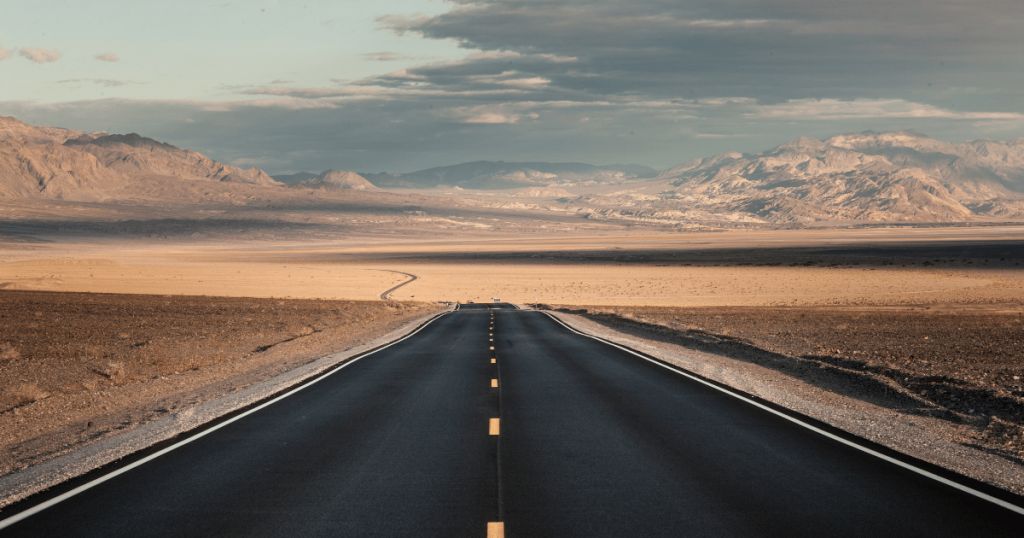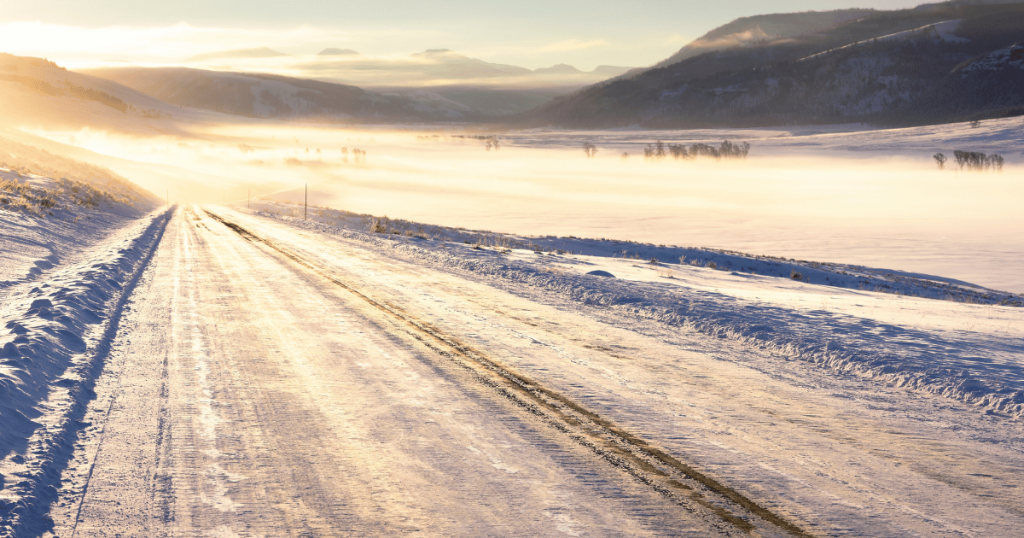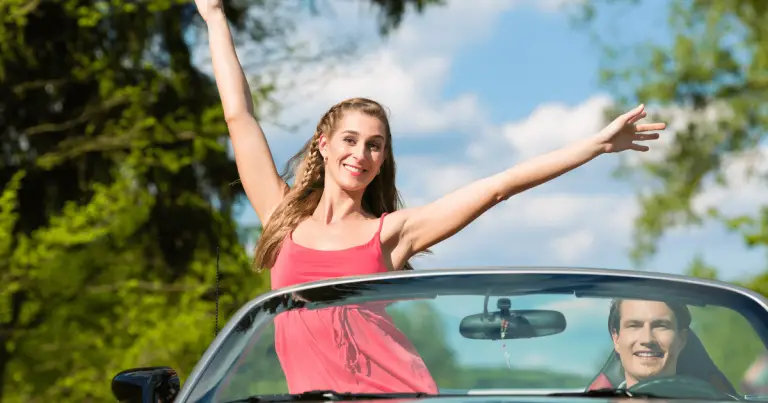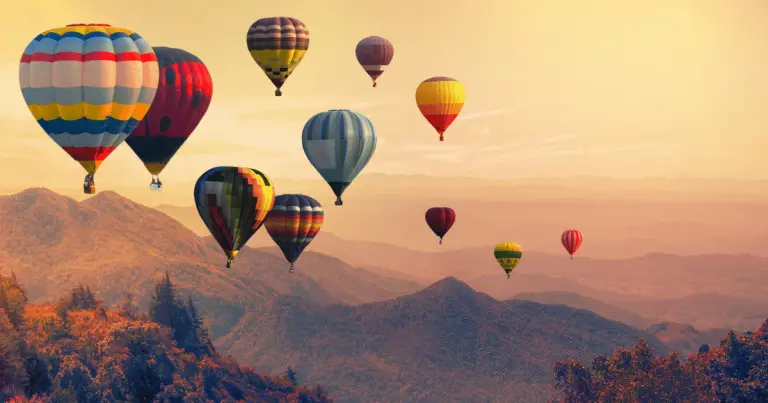Navigating Death Valley Road Conditions
In the heart of the vast Mojave Desert lies a place of unparalleled beauty and harsh extremes – the captivating Death Valley National Park. Home to otherworldly landscapes, towering dunes, and mesmerizing salt flats, this desert jewel attracts adventurers seeking an escape into the raw embrace of nature.

However, amidst its breathtaking vistas, there lies a crucial factor that every intrepid traveler must reckon with, the ever-changing Death Valley road conditions. Embarking on a journey through Death Valley is not just about navigating miles of open road; it’s a dance with the elements, an intricate choreography of temperature, terrain, and time. As the landscape shifts beneath the relentless sun and the desert winds whisper secrets through ancient canyons, understanding the road conditions becomes an art form—a delicate balance between exploration and preparedness.
Seasonal Road Conditions in Death Valley
The road conditions in Death Valley are a dynamic reflection of the changing seasons, each bringing its unique challenges and opportunities for exploration. In the scorching summer months, from May until September, the asphalt can become extremely hot, and the risk of overheated engines and tire blowouts increases. It’s advisable to travel early in the morning or late in the evening to avoid the peak heat.
When autumn arrives, the temperatures cool down, providing a more favorable climate for travel. However, sudden rainstorms can lead to flash flooding, turning dry desert roads into muddy, impassable tracks in an instant.
Winter, December through February, paints Death Valley with milder temperatures and clear skies. This might seem like the perfect time to visit, but remember that higher-elevation roads can be affected by snow and ice, making them treacherous or even closed.
As spring approaches, wildflowers begin to bloom, providing a colorful spectacle. Despite the inviting scenery, always stay vigilant for sudden weather changes and the potential for flooded roads due to melting snow from the surrounding mountains.

Real-Time Updates: Staying Informed About Death Valley Road Conditions
In the dynamic and unpredictable environment of Death Valley, staying informed about real-time road conditions is a crucial part of any journey. While understanding seasonal variations helps to prepare well in advance, these conditions can dramatically change overnight. Hence, having access to real-time updates can be a game-changer in ensuring not just a memorable, but also a safe adventure.
Official resources like the National Park Service website provide reliable and timely updates about road closures, weather conditions, and emergency alerts. The park’s Twitter handle, @DeathValleyNPS, also shares flash notifications about sudden changes in road conditions or weather warnings. Lastly, local radio stations in the Death Valley area are excellent sources of up-to-date information, especially during long road trips when network connectivity may be a concern.
Off-Roading in Death Valley: Tips and Safety Measures
Death Valley National Park, with its sprawling network of unpaved roads, offers daring off-road enthusiasts ample opportunity for an adrenaline-charged adventure. However, it’s crucial to exercise caution and prepare adequately, as off-roading in a land as extreme as Death Valley presents its unique set of challenges.
Unpaved roads in Death Valley are often rough, sandy, and strewn with rocks. Therefore, it’s advisable to use a high-clearance, four-wheel-drive (4WD) vehicle equipped with off-road tires. These vehicles are designed to handle the rugged terrain and loose surfaces typical of Death Valley’s backcountry roads. Remember always to carry a spare tire, jack, and shovel to handle potential breakdowns or getting stuck in the sand.
Prior to venturing off the beaten path, check the latest road conditions at the park’s visitor centers or online. Some routes, such as West Side Road and Titus Canyon, are generally passable for most vehicles in good weather. Others, like the Racetrack Road and Saline Valley Road, require high-clearance 4WD vehicles and experienced drivers due to their challenging terrain and remoteness.

Must-See Attractions: Road Conditions to Popular Sites in Death Valley
Beyond its extreme conditions, Death Valley holds a treasure trove of scenic attractions that are a must on any traveler’s itinerary. However, accessibility to these sites can be subject to changing road conditions and temporary closures. Here’s an overview of what to expect:
- Artist’s Drive: This one-way 9-mile scenic drive is open to vehicles no longer than 25 feet. The roadway is paved and generally well-maintained, offering relatively easy access to the vibrant mineral hues of Artist’s Palette.
- Badwater Basin: The lowest point in North America, Badwater Basin is accessible via a well-paved road and offers ample parking spaces. Check for any temporary closures due to flooding after heavy rains.
- Zabriskie Point: The road to this famous viewpoint is paved and suitable for all vehicles. Often busy at sunrise and sunset, plan your visit to take into account potential traffic.
- Dante’s View: At an elevation of over 5,000 feet, Dante’s View offers breathtaking panoramic views of the valley. The access road is paved but can be closed in winter due to snow and ice.
- Racetrack Playa: Reaching this remote location requires a high-clearance 4WD vehicle. The 27-mile unpaved road is notoriously rough, and flat tires are common. Always check current road conditions before venturing to this site.

Emergency Preparedness on Death Valley Roads: A Comprehensive Guide
Travelling through Death Valley requires a higher degree of preparedness than most journeys. Being stranded or facing an emergency in such extreme conditions can be life-threatening. Here are some vital pointers on emergency preparedness to ensure your trip remains safe and enjoyable:
1. Communication: Cellular service is sparse in Death Valley. Always inform someone of your plans and expected return time. Satellite phones or devices like the Garmin inReach, which allow two-way texting and SOS functions through satellite networks, can be lifesavers. CB radios can also be an effective communication method.
2. First Aid: A comprehensive first-aid kit is a must-have. It should include bandages, wound cleaning agents, pain relievers, allergy medicines, and any prescription medications. Consider carrying an emergency blanket and learn basic survival and first aid skills before your trip.
3. Vehicle Breakdowns: Carry a spare tire, jack, and a shovel to handle potential breakdowns or getting stuck in the sand. It’s also advisable to carry extra coolant, engine oil, and a portable jump starter. Learning basic vehicle repair skills can prove invaluable.
4. Water and Food: Always carry more water and food than you think you’ll need. As a rule, plan for one gallon of water per person per day. Pack high-energy, non-perishable food items.
5. Navigation: A GPS with the ability to download offline maps is vital as internet connectivity can be unreliable. Paper maps offer a fail-safe backup, so carry one at all times.
6. Emergency Supplies: These include a multi-tool, a sturdy knife, a flashlight with extra batteries, waterproof matches, and a whistle. A mirror can be used for signaling in case of emergencies.
Final Thoughts
Understanding and respecting the road conditions and inherent challenges that Death Valley presents are key to a safe and unforgettable journey. The park’s extremes demand a higher level of preparation and caution, from choosing the appropriate vehicle to keeping abreast of weather and road conditions. The park’s varying terrain, from well-paved roads to rugged off-road trails, offers a range of experiences for visitors of all skills. Even as you take in the breathtaking scenery, the adventurous trails, or the solitude of the backcountry, remember that safety should always be a priority. Death Valley promises an unparalleled adventure, but only if navigated with prudence and respect for its unique conditions.







